An incredibly challenging year, partially offset by higher farm gate prices, is how many potato growers around the country will remember 2018.
The late spring, prolonged dry spell and high temperatures wreaked havoc on the country’s potato crops.
However, the problems experienced by Irish growers were replicated across Europe.
The extent of this damage is only becoming apparent now with the release of several harvest reports.
Initial estimates from the north-western European Potato Growers pegged a 20% reduction in the total potato harvest in the key potato producing regions of Europe.
With the recent publication of UK harvest results, plus several other reports over the past week, figures are in-line with those projections.
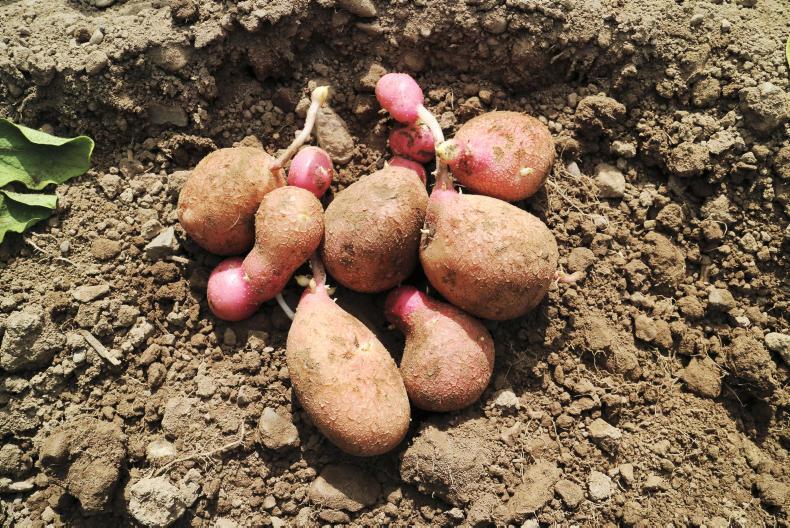
Secondary growth has lead to many quality issues accross Europe.
Total European harvest fell by as much as 20%, significantly below 2017’s harvest (approximately 62mt).
All countries which experienced the drought have reported an enormous variation between irrigated and non-irrigated fields, as well as between varieties, soil types and locations.
Yield digs on the continent showed yield variations to be between 18t/ha and 80t/ha.
Quality has also been an issue across the EU with incorrect tuber size, low dry matters and glassy potatoes commonly reported, largely as a result of secondary growth.
Britain
The first provisional estimate of the total 2018 British potato harvest puts the total tonnage at 4.8m tonnes (mt). This is a 1.1mt drop from 2017 and 13% below the five-year average (2013-2017, 5.6mt).
Production is the lowest since 2012 and this year is only the fourth since 1960 that production has dipped below 5Mt.
In terms of yield, the 2018 estimated average net yield is 41.7t/ha, down 7.6t/ha from last season and 12% below average (2013-2017, 47.4t/ha).
In general, average yields across Britain varied significantly depending on the region.
Britain is a significant exporter of potatoes. In 2017, the country ranked eighth in the world for potato exports.
England: Average yields in England fell to 40.1t/ha, with the eastern counties being particularly badly affected. Yields in these areas were down 18% from 2017, at 40.4t/ha.Scotland: The drought had significantly less of an impact on crops in Scotland. However, Scottish production dropped to 1.1 mt, largely due to a reduction in area. Yields in Scotland were above average at 49.2t/ha, a 3% increase from 2017. Netherlands
A reduction in the total planted area compared to 2017, combined with a reduction in average yields, led to a 23% reduction in the total harvest output (versus 2017), and 15% below the five-year average.
Like most of Europe, growers reported a large variation between yields, with access to irrigation having a significant effect. Growers reported a range of yields to the VTA/Phaff Export Marketing survey which ranged from 20t/ha to 70t/ha.
Belgium
Average yields reported from growers in Belgium are in the region of around 38t/ha, a decrease of 29% compared with last season and 24% with the five-year average. Only around 3% of the total potato area is irrigated in Belgium, so many growers were badly hit with the drought. In 2017, Belgium ranked seventh in the world for potato exports.
Spain
While potato production issues in north-western Europe were the focus of much of the attention throughout the growing season, the Spanish potato growing year also suffered significantly.
The head of FEPEX (the Spanish federation of associations of producers and exporters of fruits, vegetables and flowers) Jose Ramón Aguado, reported last week that this year’s Spanish potato season will come to an end with a 15-20% lower yield than in 2017.
The decline in Spanish production is mainly due to a late, wet spring followed by the drought conditions experienced.
According to the Spanish Ministry of Agriculture, the 2018 potato harvest volume came to just under 2mt. In 2017, Spain ranked ninth in the world for potato exports.
Sweden
The Swedish potato harvest is estimated to be approximately 449,000t, a decrease of 77,600t (15%) when compared with 2017.
The 2018 harvest is lower than previous record low years such as 2006, 2007 and 2015.
This year’s harvest was even lower than years when the country experienced crop failure, such as 1867 and 1899.
Crops which received irrigation are stated to have achieved close to full yield potential, but access to sufficient water levels proved an issue. Many crops went un-irrigated.
Read more
Watch: setting up a clay and silt trap in the fields
European Ploughing comes to Ireland
An incredibly challenging year, partially offset by higher farm gate prices, is how many potato growers around the country will remember 2018.
The late spring, prolonged dry spell and high temperatures wreaked havoc on the country’s potato crops.
However, the problems experienced by Irish growers were replicated across Europe.
The extent of this damage is only becoming apparent now with the release of several harvest reports.
Initial estimates from the north-western European Potato Growers pegged a 20% reduction in the total potato harvest in the key potato producing regions of Europe.
With the recent publication of UK harvest results, plus several other reports over the past week, figures are in-line with those projections.

Secondary growth has lead to many quality issues accross Europe.
Total European harvest fell by as much as 20%, significantly below 2017’s harvest (approximately 62mt).
All countries which experienced the drought have reported an enormous variation between irrigated and non-irrigated fields, as well as between varieties, soil types and locations.
Yield digs on the continent showed yield variations to be between 18t/ha and 80t/ha.
Quality has also been an issue across the EU with incorrect tuber size, low dry matters and glassy potatoes commonly reported, largely as a result of secondary growth.
Britain
The first provisional estimate of the total 2018 British potato harvest puts the total tonnage at 4.8m tonnes (mt). This is a 1.1mt drop from 2017 and 13% below the five-year average (2013-2017, 5.6mt).
Production is the lowest since 2012 and this year is only the fourth since 1960 that production has dipped below 5Mt.
In terms of yield, the 2018 estimated average net yield is 41.7t/ha, down 7.6t/ha from last season and 12% below average (2013-2017, 47.4t/ha).
In general, average yields across Britain varied significantly depending on the region.
Britain is a significant exporter of potatoes. In 2017, the country ranked eighth in the world for potato exports.
England: Average yields in England fell to 40.1t/ha, with the eastern counties being particularly badly affected. Yields in these areas were down 18% from 2017, at 40.4t/ha.Scotland: The drought had significantly less of an impact on crops in Scotland. However, Scottish production dropped to 1.1 mt, largely due to a reduction in area. Yields in Scotland were above average at 49.2t/ha, a 3% increase from 2017. Netherlands
A reduction in the total planted area compared to 2017, combined with a reduction in average yields, led to a 23% reduction in the total harvest output (versus 2017), and 15% below the five-year average.
Like most of Europe, growers reported a large variation between yields, with access to irrigation having a significant effect. Growers reported a range of yields to the VTA/Phaff Export Marketing survey which ranged from 20t/ha to 70t/ha.
Belgium
Average yields reported from growers in Belgium are in the region of around 38t/ha, a decrease of 29% compared with last season and 24% with the five-year average. Only around 3% of the total potato area is irrigated in Belgium, so many growers were badly hit with the drought. In 2017, Belgium ranked seventh in the world for potato exports.
Spain
While potato production issues in north-western Europe were the focus of much of the attention throughout the growing season, the Spanish potato growing year also suffered significantly.
The head of FEPEX (the Spanish federation of associations of producers and exporters of fruits, vegetables and flowers) Jose Ramón Aguado, reported last week that this year’s Spanish potato season will come to an end with a 15-20% lower yield than in 2017.
The decline in Spanish production is mainly due to a late, wet spring followed by the drought conditions experienced.
According to the Spanish Ministry of Agriculture, the 2018 potato harvest volume came to just under 2mt. In 2017, Spain ranked ninth in the world for potato exports.
Sweden
The Swedish potato harvest is estimated to be approximately 449,000t, a decrease of 77,600t (15%) when compared with 2017.
The 2018 harvest is lower than previous record low years such as 2006, 2007 and 2015.
This year’s harvest was even lower than years when the country experienced crop failure, such as 1867 and 1899.
Crops which received irrigation are stated to have achieved close to full yield potential, but access to sufficient water levels proved an issue. Many crops went un-irrigated.
Read more
Watch: setting up a clay and silt trap in the fields
European Ploughing comes to Ireland






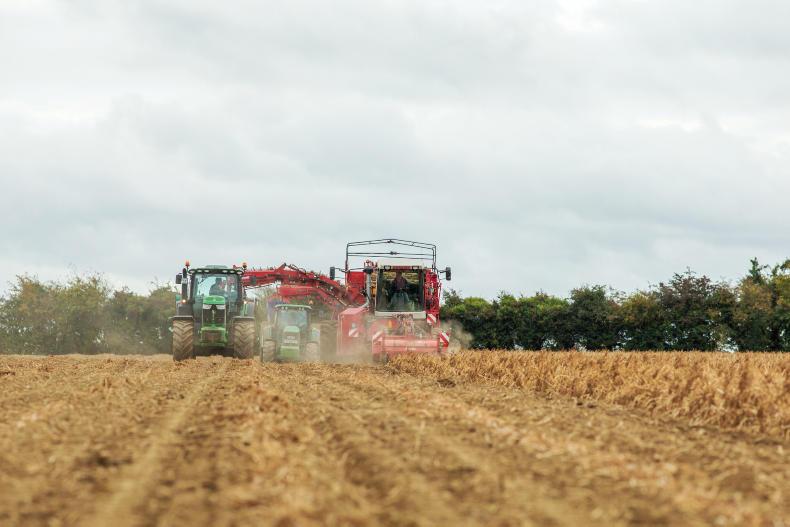
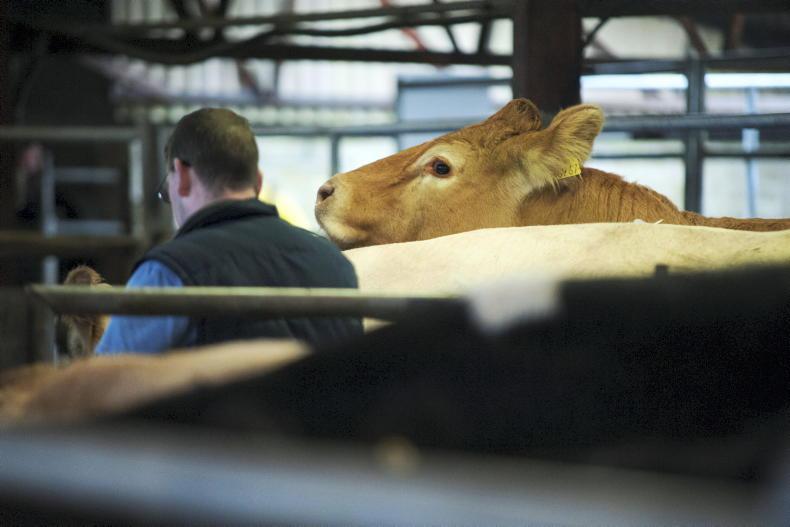

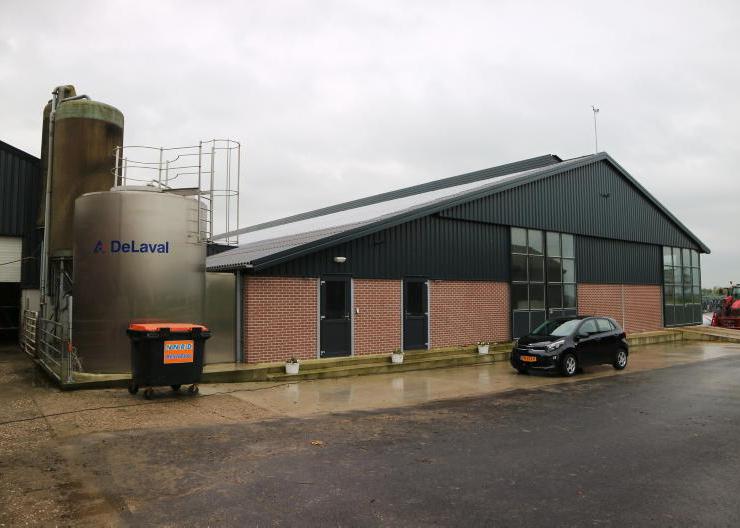
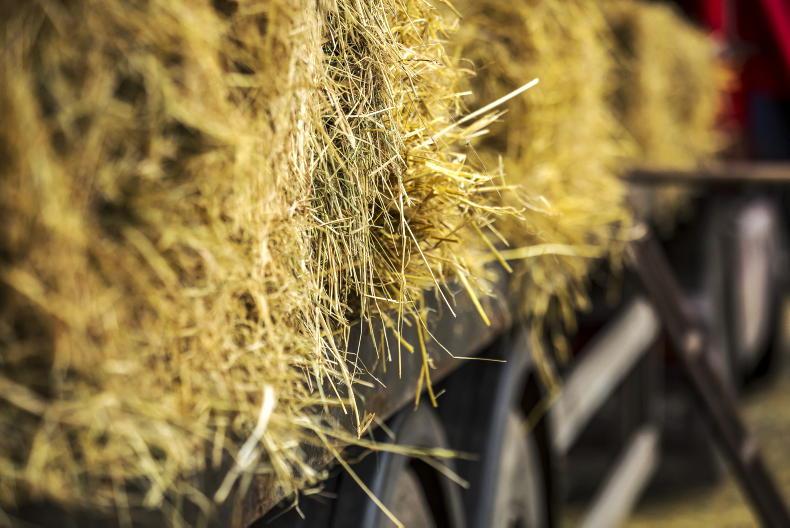

SHARING OPTIONS